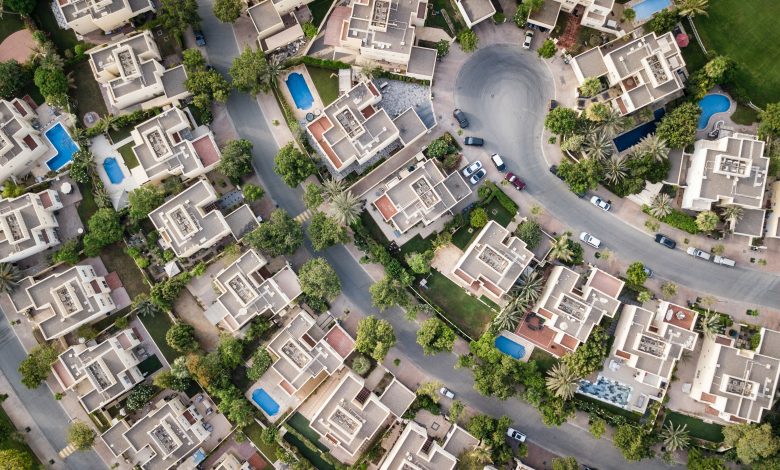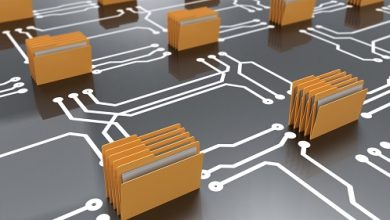Technological advancements that are helping buyers in 2022

Buying a house is one of the most stressful events in someone’s life, and it is also likely to be the biggest financial transaction you will ever make. Paperwork, relying on other people to do their part, choosing the right property, applying for financing – all of these tasks can make blood pressure rise. However, thanks to technology, there are now a number of digital solutions that can make the process of buying a home much less stressful and generally more efficient. These technologies are being implemented from the mortgage stage right through to closure. The result is a more streamlined experience for all stakeholders involved.
The financing stage
Getting a mortgage is perhaps one of the most stressful parts of the house-buying process. It involves approaching different lenders, countless meetings, handing over reams of documents, and entering frustrating and sometimes complicated discussions. Furthermore, this is only for the initial stage of getting approval in principle! But thankfully, some companies have taken steps to simplify the mortgage process for buyers. For example, Trussle recently launched a new mortgage in principle service, which checks your credit score with 18 lenders to accurately calculate how much you can borrow and what the terms would be.
This saves buyers a huge amount of time and stress, shaving weeks off the process. With a comprehensive overview of options in hand, the buyer can then proceed to make an offer on a property, knowing what their status in terms of borrowing is. With most processes now available online, it becomes much easier and more straightforward for buyers to start the financing process without having to meet mortgage lenders in person or submit individual requests.
Finding the right home
Another stressful part of buying a property is going to countless viewings before you find the right home. Photographs published on listings can be quite different from reality, resulting in quite a shock for buyers when they visit in person. If you are buying in another city or have limited time, this can be extremely frustrating. This is where technological advancements have dramatically helped prospective buyers to view properties at a time and place of their convenience: augmented reality and virtual reality are stepping up to help buyers make better decisions on which property to visit or buy.
Virtual reality can be used to tour homes from top to bottom. This lets the buyer get a potential feel for the space before booking an appointment. AR can also allow buyers to experiment with decor and furniture to see if it fits their style or the items they already have. Allowing this kind of experimentation before or after the viewing stage can really help cement a deal or weed out those for whom the property is not suitable. The utilization of this kind of technology saves a lot of time for buyers and sellers and facilitates better buying decisions. While not widely used yet, its adoption will continue to be rolled out over the coming years.
The buying process
Blockchain technology was developed as the framework that supports cryptocurrencies such as Bitcoin, however, over the last few years, it has developed a life and purpose of its own. Today, blockchain technology is used in countless industries such as finance, logistics, eCommerce, and of course, real estate. A decentralized ledger allows transactions and data to be registered in a completely immutable way. Furthermore, smart contracts can trigger a chain of events as long as pre-defined criteria are met. In the purchasing process, blockchain and smart contracts can be used to manage the entire process, from when an offer is put to when the deal is closed.
Surveying, contract signing, land registry transfers, mortgages, deposits, and the notarisation of key documents can all be automated in this way, with each triggering the next step until completion. This can significantly speed up the process with less reliance on administrative and manual paperwork. It can also increase transparency and accountability while reducing notary or lawyer costs. With these costs running up to 5% of the transaction price, this will be a massive relief for buyers and sellers.
House and property buying is still going to be a complex and somewhat stressful process but utilizing various technological solutions such as these, can make the process a lot more manageable. We will see more cross-overs between technology and the house buying process in the future as digitalization increases and consumers’ demand for it grows as well. Who knows, in the next few years, we could see the entire purchasing process being facilitated online, without in-person meetings or visits of any kind!





